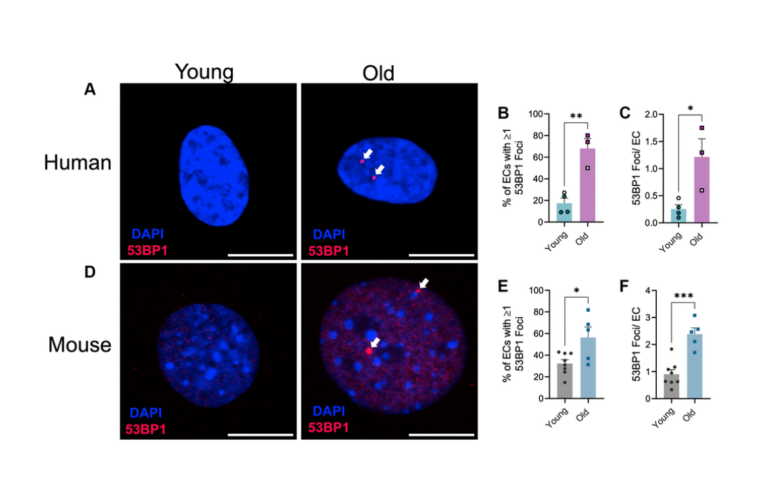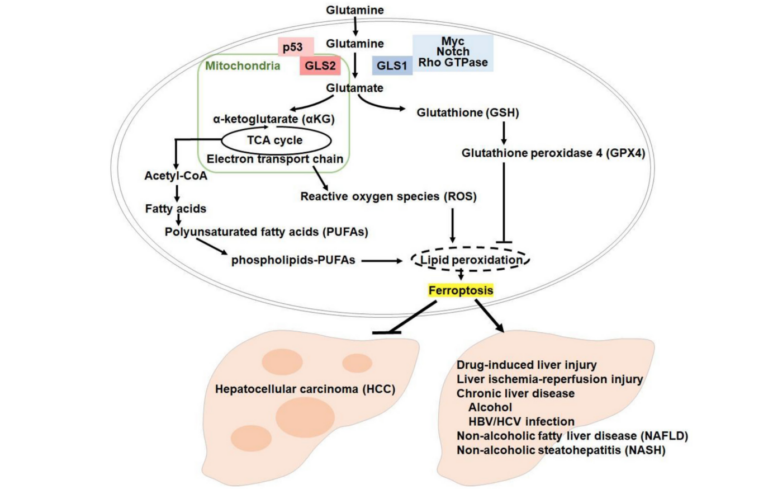The Nuclear Envelope and Breast Cancer Metastasis
News, Oncotarget
October 18, 2023“[…] ascertaining the mechanisms that enable metastatic spread can be transformational in our understanding of tumor progression and for future development of therapeutic interventions.”
BUFFALO, NY- October 18, 2023 – A new editorial paper was published in Oncotarget’s Volume 14 on April 14, 2023, entitled, “The nuclear envelope and metastasis.”
In their new editorial, researchers Emily Hansen and James M. Holaska from Rowan University discuss nuclear morphology — one of the basic visual criteria used by pathologists to diagnose breast cancer. Immunofluorescence staining of the nuclear structural proteins lamin B and emerin was recommended as an effective diagnostic tool for both thyroid and breast cancer, suggesting nuclear structure is intimately tied to malignant transformation. But what role nuclear morphology plays in cancer transformation and progression remains unclear.
“The most likely explanation for why cancer cells present with distinct nuclear morphology is thought to be related to the most likely route of cancer spread: the vasculature.”
For a tumor to metastasize, cancer cells need to enter and exit the blood and lymphatic vessels by squeezing through extremely small gaps in the endothelium, most of which are 1.2–2 µm in diameter. While the cytoplasm is very flexible and the cytoskeleton can rearrange to fit through openings as narrow as 1 µm, the nuclear diameter (10–20 µm) and its considerable stiffness (2–10x stiffer than the cytoplasm) represent physical barriers to this process.
“Thus, to enable metastasis, cancer cells must also increase their nuclear malleability.”
Studies have shown that nuclear softening is associated with tumor aggressiveness and metastasis. Although nuclear softening is one of the ‘hallmarks of cancer’ it remains poorly understood. Nuclear shape and stiffness are governed by a complex set of structural proteins that serve as both scaffolds and signaling proteins to influence almost all aspects of nuclear function.
The best studied nucleostructural proteins are lamins, which are frequently downregulated in cancer. However, it is difficult to ascertain whether specific functional consequences are due to lamins or due to displacement of lamin-interacting proteins upon lamin loss. For example, nuclear size and shape is also governed by emerin, which binds to lamins at the nuclear envelope (NE) and upon lamin loss is retained in the endoplasmic reticulum. Like lamins, emerin is frequently mutated in cancer, with mutations in its transmembrane and actin-binding domains.
“We found that in breast cancer, emerin expression in tumor tissue is significantly correlated to survival time [16]. These data suggest emerin plays a central role in pathogenic transformation and progression of malignant breast tissue.”
Continue reading the full paper: DOI: https://doi.org/10.18632/oncotarget.28375
Correspondence to: James M. Holaska
Email: holaska@rowan.edu
Keywords: emerin, metastasis, mechanotransduction, breast cancer, nucleoskeleton
About Oncotarget: Oncotarget (a primarily oncology-focused, peer-reviewed, open access journal) aims to maximize research impact through insightful peer-review; eliminate borders between specialties by linking different fields of oncology, cancer research and biomedical sciences; and foster application of basic and clinical science.
To learn more about Oncotarget, visit Oncotarget.com and connect with us on social media:
Sign up for free Altmetric alerts about this article: https://oncotarget.altmetric.com/details/email_updates?id=10.18632%2Foncotarget.28375
Click here to subscribe to Oncotarget publication updates.
For media inquiries, please contact media@impactjournals.com.

